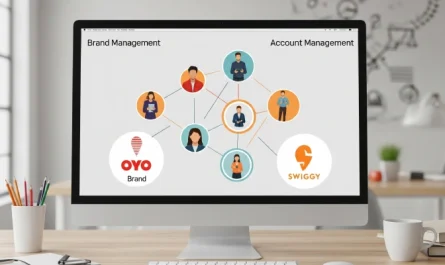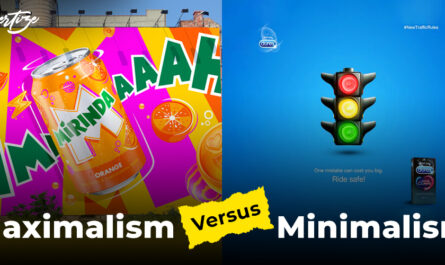Creating visually appealing graphics is essential for engaging your audience and conveying your message effectively. Here are eight basic graphic design principles that can help you create awesome graphics:
1. Balance
Balance refers to the distribution of visual weight in a design. It can be symmetrical (evenly distributed elements) or asymmetrical (unevenly distributed elements). Balanced designs create a sense of stability and harmony. For instance, placing a large image on one side of a design can be balanced with several smaller elements on the other side.
Graphic design technique Tip: Use a grid layout to ensure elements are evenly spaced and aligned.
2. Contrast
Contrast is the difference between two or more elements in a design. High contrast makes text and elements stand out, improving readability and focus. This can be achieved through differences in color, size, shape, and texture. For example, light text on a dark background provides strong contrast and is easy to read.
Graphic design technique tip: Use contrasting colors to highlight important information and guide the viewer’s eye.
3. Alignment
Alignment ensures that elements in a design are visually connected to each other. Proper alignment creates a clean, organized look, making the design more cohesive. Aligning text and images along a common axis helps create a visually appealing layout. This is the third graphic design principle.
Graphic design technique tip: Use alignment tools in design software to ensure elements are perfectly lined up.
4. Repetition
Repetition involves using the same or similar elements throughout a design to create consistency. This can include repeating colors, fonts, shapes, or patterns. Repetition helps to reinforce a design’s theme and creates a sense of unity.
Graphic design technique tip: Establish a style guide to maintain consistency in colors, fonts, and other design elements across different graphics.
5. Proximity
Proximity is the graphic design principle of grouping related elements together to show their connection. By placing related items close to each other, you help viewers understand their relationship. This improves the overall organization and readability of the design.
Graphic design technique tip: Use whitespace effectively to group related items and separate unrelated ones.
6. Hierarchy
Hierarchy refers to the arrangement of elements to signify their importance. A well-defined hierarchy guides the viewer’s eye through the design in the intended order. This can be achieved by varying the size, color, or placement of elements. For instance, the most important information should be the most prominent.
Graphic design technique tip: Use larger fonts or bolder colors for headlines and important information.
7. White Space
White space, or negative space, is the empty area around elements in a design. It helps to reduce clutter and allows the design to “breathe.” Proper use of white space improves readability and focus by highlighting the most important elements.
Graphic design technique tip: Don’t be afraid to leave blank areas in your design; it can enhance the overall impact.
8. Unity
Unity ensures that all elements in a design work together harmoniously. A unified design has a cohesive look and feel, making it aesthetically pleasing and easy to understand. Achieving unity involves using consistent colors, styles, and themes.
Graphic design technique tip: Regularly step back and view your design as a whole to ensure all elements feel connected.
Conclusion
Applying these eight basic graphic design principles—balance, contrast, alignment, repetition, proximity, hierarchy, white space, and unity—can significantly enhance the quality of your creative graphics. Whether you are creating social media posts, infographics, or web designs, these graphic design principles will help you produce visually appealing and effective designs. Remember, creative graphic design is not just about making something look good, but also about communicating your message clearly and effectively. By keeping these graphic design principles in mind, you can create graphics that not only catch the eye but also engage and inform your audience.





